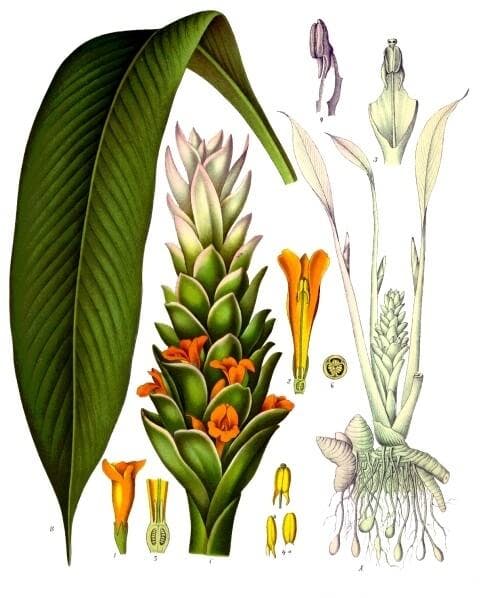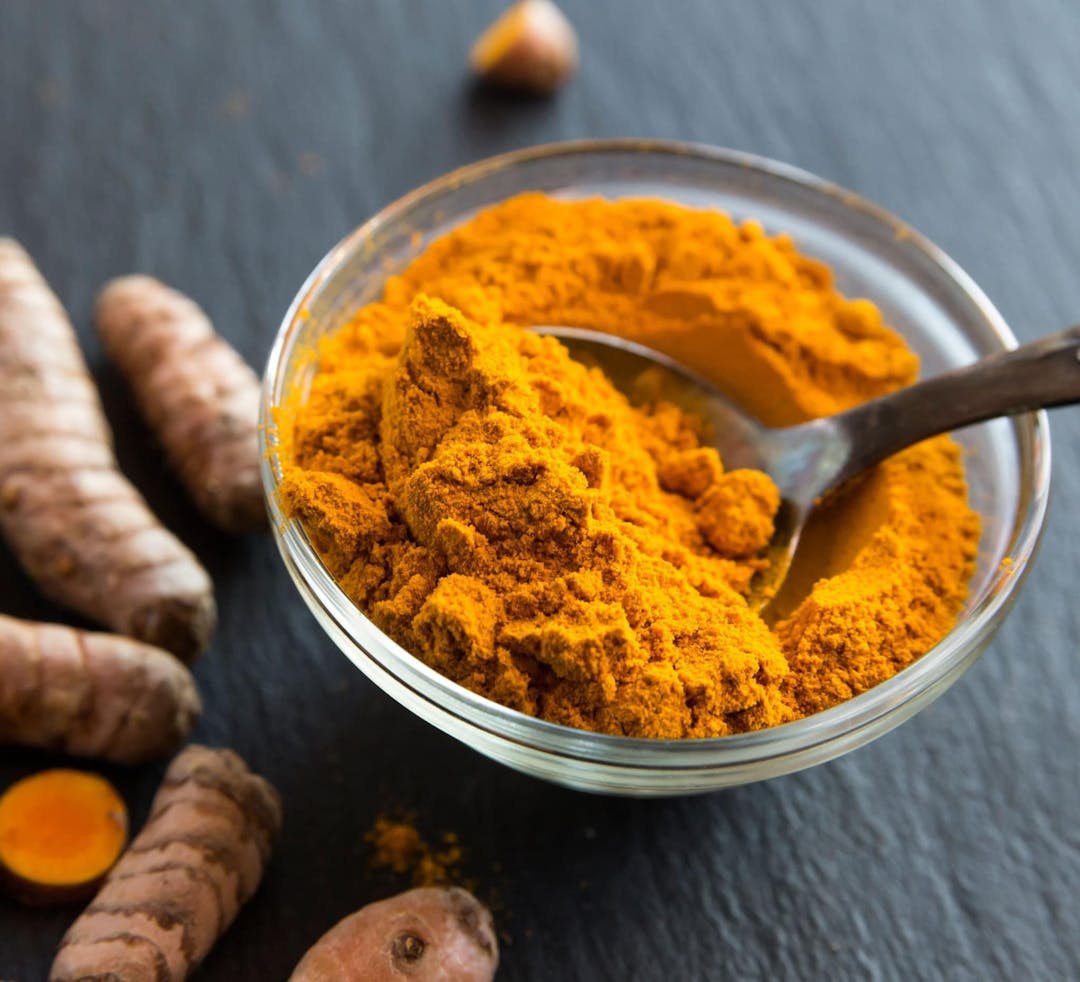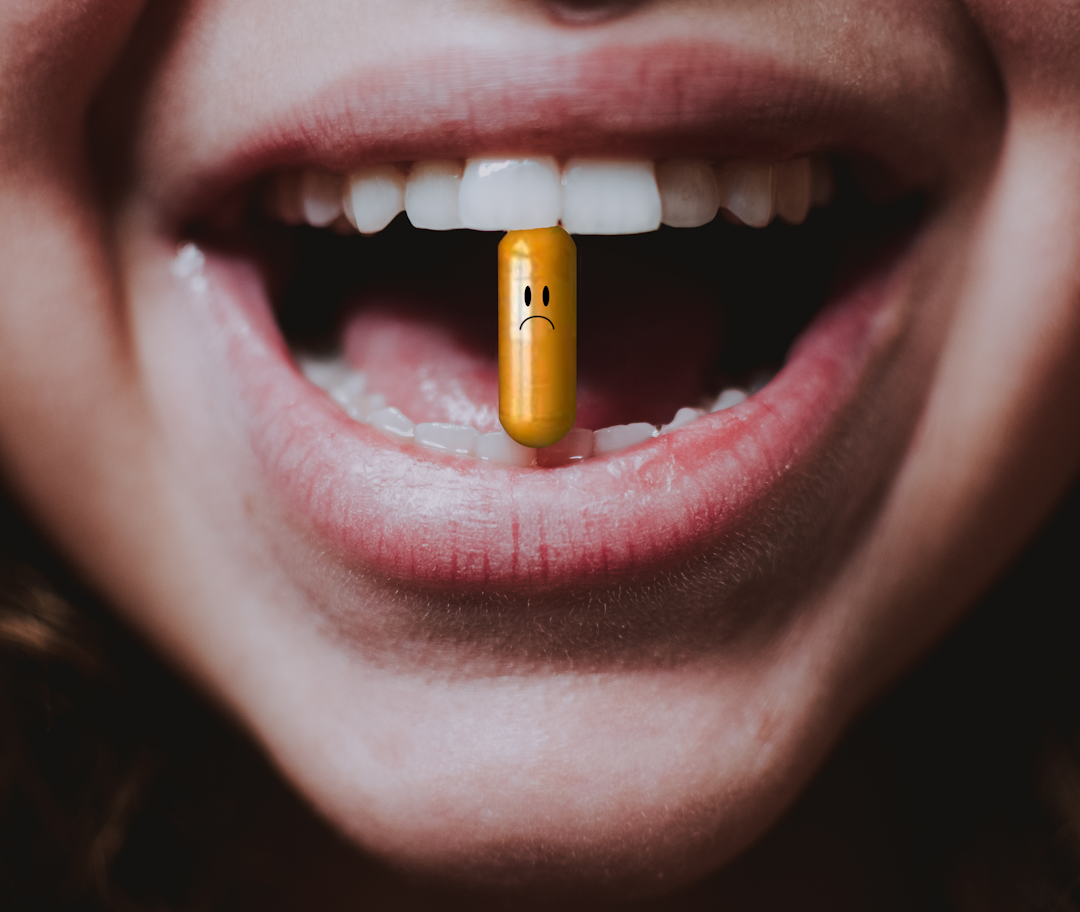Along human history, natural plant based products have been utilized for many purposes. Many of the main components of this products -the plants- have been around even for billions of years. It is very common for these ingredients to have medicinal or biological properties that can be used in pharmaceutical drug discovery and design. Medicines derived from plants have played a major role in some cultures such as the Indian holistic medical system also known as “Ayurveda”. This system uses mainly plant-based drugs or formulations to treat several ailments (including cancer).
Dating back over 3000 years, Turmeric is a plant with a long medicinal usage history. In some parts of Asia Turmeric is also considered a main spice and also an element in religious cultures. Thanks to its yellow color it is also known as the golden spice or the Indian saffron. In the last 20 years modern medicine has begun to recognize the importance of Turmeric and the over 3000 scientific publications are a testament of that.
The name turmeric derives from the Sanskrit kunkuma through the Arabic كركم, kurkum and is the spice normally obtained from Curcuma longa, although there are numerous other species attributed to the botanical genus Curcuma. In English it is called turmeric, in Hindi it is called haldi, in Bengali holud.
Turmeric is also known as jayanti, which means "one who is victorious over diseases". Thanks to its many wellness benefits, turmeric is considered a sacred plant, and is a symbol of prosperity and purity.
Dating back over 3000 years, Turmeric is a plant with a long medicinal usage history. In some parts of Asia Turmeric is also considered a main spice and also an element in religious cultures. Thanks to its yellow color it is also known as the golden spice or the Indian saffron. In the last 20 years modern medicine has begun to recognize the importance of Turmeric and the over 3000 scientific publications are a testament of that.
The name turmeric derives from the Sanskrit kunkuma through the Arabic كركم, kurkum and is the spice normally obtained from Curcuma longa, although there are numerous other species attributed to the botanical genus Curcuma. In English it is called turmeric, in Hindi it is called haldi, in Bengali holud.
Turmeric is also known as jayanti, which means "one who is victorious over diseases". Thanks to its many wellness benefits, turmeric is considered a sacred plant, and is a symbol of prosperity and purity.

Description
Curcuma Longa is a plant of the Zingiberaceae family native to Southeast Asia and widely used as spices especially in Indian, Middle Eastern, Thai and other areas of Asia.The spice of this plant is obtained from the root which is a large cylindrical rhizome, branched, yellow or orange, strongly aromatic, which constitutes the part of greatest commercial interest of the plant.Turmeric can be cultivated at a very low cost and it grows abundantly.Turmeric powder can be obtained from the Curcuma Longa rhizomes; this powder is widely used in both Indian and Asian gastronomy.The rhizomes get boiled and dried in the sun or using ovens, and then crushed into its powder status.The active ingredient of turmeric is the curcumin which has an earthy, bitter, spicy flavor while preserving its gold color over time.
Structure of the Turmeric
The main element of the turmeric root is a volatile oil: curcumin. There are other agents called curcuminoids that are natural antioxidants. These elements consist of curcumin demethoxycurcumin, 5'-methoxycurcumin, and dihydrocurcumin, which are found to be natural antioxidants (Ruby et al. 1995; Selvam et al. 1995). In a standard form, turmeric contains moisture, curcumin (5-6.6%), extraneous matter (0.5% by weight), mould (3%), and volatile oils (3.5%). Volatile oils include d-α-phellandrene, d-sabinene, cinol, borneol, zingiberene, and sesquiterpenes (Ohshiro, Kuroyanag, and Keno 1990). There are a variety of sesquiterpenes, like germacrone; termerone; ar-(+)-, α-, and β-termerones; β-bisabolene; α-curcumene; zingiberene; β-sesquiphellanderene; bisacurone; curcumenone; dehydrocurdione; procurcumadiol; bis-acumol; curcumenol; isoprocurcumenol; epiprocurcumenol; procurcumenol; zedoaronediol; and curlone, many of which are specific for a species.The components responsible for the aroma of turmeric are turmerone, arturmerone, and zingiberene. The rhizomes are also reported to contain four new polysaccharides-ukonans along with stigmasterole, β-sitosterole, cholesterol, and 2-hydroxymethyl anthraquinone (Kapoor 1990; Kirtikar and Basu 1993). Nutritional analysis showed that 100 g of turmeric contains 390 kcal, 10 g total fat, 3 g saturated fat, 0 mg cholesterol, 0.2 g calcium, 0.26 g phosphorous, 10 mg sodium, 2500 mg potassium, 47.5 mg iron, 0.9 mg thiamine, 0.19 mg riboflavin, 4.8 mg niacin, 50 mg ascorbic acid, 69.9 g total carbohydrates, 21 g dietary fiber, 3 g sugars, and 8 g protein (Balakrishnan 2007). Turmeric is also a good source of the ω-3 fatty acid and α-linolenic acid (2.5%; Goud, Polasa, and Krishnaswamy 1993).

Benefits of Turmeric
Turmeric is a powerful anti inflammatory - Arthritis Foundation quotes several studies where Turmeric has helped reduced inflammation. This benefit could help aliviate - and even stop - the inflammation asociated to many medical conditions.Turmeric is an all-natural pain killer - Several scientific research papers point out the pain killer properties of the turmeric.
Turmeric has strong antimicrobial properties - Turmeric was found to inhibit growth of the foodborne pathogen V. parahaemolyticus, inhibited the growth of different strains of Helicobacter pylori, amongst others.
Turmeric improves liver function - Turmeric has antioxidant capabilities so powerful that could prevent toxins damaging your liver. This is specially good for people that take long term medication.
Turmeric may help reduce the risk of developing cancer - Curcumin shows promise as a cancer treatment. Studies suggest that it has protective effects against pancreatic cancer, prostate cancer, and multiple myeloma.
Turmeric can help your digestion - One of the reasons turmeric is in curries is because it adds an element of flavor to the food. But turmeric can also play an important role in the digestion of that food. The antioxidant and anti-inflammatory properties of turmeric support healthy digestion.
It is used in Ayurvedic medicine as a digestive healing agent. Current Western medicine has begun to study how turmeric can help reduce intestinal inflammation and improve intestinal permeability, two measures of digestive efficiency. Turmeric is even currently being studied as a treatment for irritable bowel syndrome.

Possible Side effects of Turmeric
Turmeric may cause stomach ache - The same agents in turmeric that support digestive health can cause irritation if ingested in large amounts. Some participants in studies looking at the use of turmeric for cancer treatment had to drop out due to digestion problems. Turmeric stimulates the stomach to produce more gastric acid. While this helps digestion for some people, it can really affect others.Turmeric thins down your blood - Turmeric's purifying properties can also make it easier for you to bleed. It is not clear why this happens. Other suggested benefits of turmeric, such as lowering blood cholesterol levels and lowering blood pressure, probably have something to do with the way turmeric works in the blood.
People taking blood-thinning medications such as warfarin (Coumadin) should avoid consuming large doses of turmeric.
Turmeric could stimulate contractions - Perhaps you've heard that eating curry-spiced foods can stimulate labor. Although little clinical data supports this claim, studies suggest that turmeric may alleviate PMS symptoms. So, there could be some truth to this statement.
Its anticoagulant effects are an important reason why pregnant women should avoid taking turmeric supplements. Adding small amounts of turmeric as a spice to food shouldn't be a problem.

It may interest you
Sources
- Gupta, S. C., Patchva, S., Koh, W., & Aggarwal, B. B. (2012, March). Discovery of curcumin, a component of the golden spice, and its miraculous biological activities. Clinical and Experimental Pharmacology & Physiology, 39(3), 283-299 https://www.ncbi.nlm.nih.gov/pmc/articles/PMC3288651/
- Heck, A. M., DeWitt, B. A., & Lukes, A. L. (2000, July). Potential interactions between alternative therapies and warfarin. American Journal of Health-System Pharmacy, 57(13), 1221-1227 http://www.ajhp.org/content/57/13/1221.long
- Khayat, S., Fanaei, H., Kheirkhah, M., Moghadam, Z. B., Kasaeian, A., & Javadimehr, M. (2015, April 9). Curcumin attenuates severity of premenstrual syndrome symptoms: A randomized, double-blind, placebo-controlled trial. Complementary Therapeutic Medicine, 23(3), 318-324 https://www.ncbi.nlm.nih.gov/pubmed/26051565
- Kuptniratsaikul, V., Thanakhumtorn, S., Chinswangwatanakul, P., Wattanamongkonsil, L., & Thamlikitkul, V. (2009, August). Efficacy and safety of Curcuma domestica extracts in patients with knee osteoarthritis [Abstract]. Journal of Alternative and Complementary Medicine, 15(8), 891-897 https://www.ncbi.nlm.nih.gov/pubmed/19678780
- Lauche, R., Kumar, S., Hallmann, J., Ludtke, R., Rampp, T., Dobos, G., ... Langhorst J. (2016, June). Efficacy and safety of Ayurvedic herbs in diarrhoea-predominant irritable bowel syndrome: A randomised controlled crossover trial. Complementary Therapies in Medicine, 26, 171-177 https://www.ncbi.nlm.nih.gov/pubmed/27261998
- Lee, H.-Y., Kim, S.-W., Lee, G.-H., Choi, M.-K., Jung, H.-W., Kim, Y.-J., … Chae, H.-J. (2016). Turmeric extract and its active compound, curcumin, protect against chronic CCl4-induced liver damage by enhancing antioxidation. BMC Complementary and Alternative Medicine, 16(1), 316 https://www.ncbi.nlm.nih.gov/pmc/articles/PMC5000414/
- O' Connor, A. (2011, October 19). The doctor's remedy: Turmeric for joint paint. The New York Times https://well.blogs.nytimes.com/2011/10/19/the-doctors-remedy-turmeric-for-joint-pain/?_r=0
- Turmeric. (n.d.) http://www.arthritis.org/living-with-arthritis/treatments/natural/supplements-herbs/guide/turmeric.php
- Turmeric. (2016, September) https://nccih.nih.gov/health/turmeric/ataglance.htm
- Yu, Y., Wu, S., Li, J., Wang, R., Xie, X., Yu, X., … Zheng, L. (2015, February). The effect of curcumin on the brain-gut axis in rat model of irritable bowel syndrome: Involvement of 5-HT-dependent signaling. Metabolic Brain Disease, 30(1), 47-55 https://www.ncbi.nlm.nih.gov/pubmed/24807589

